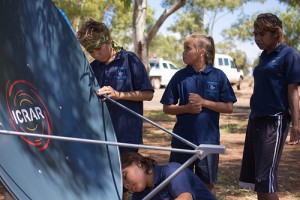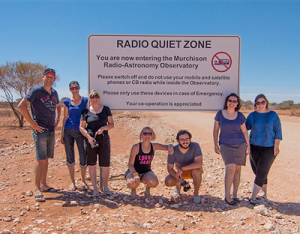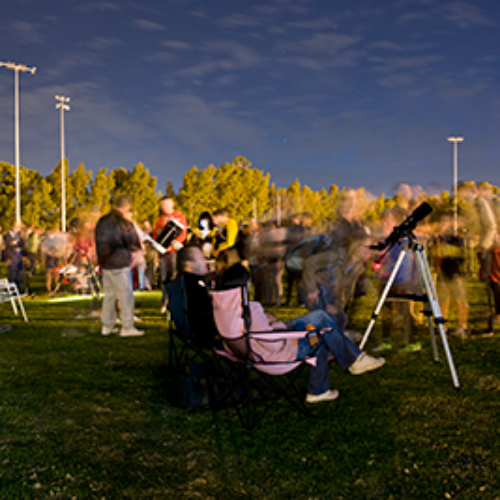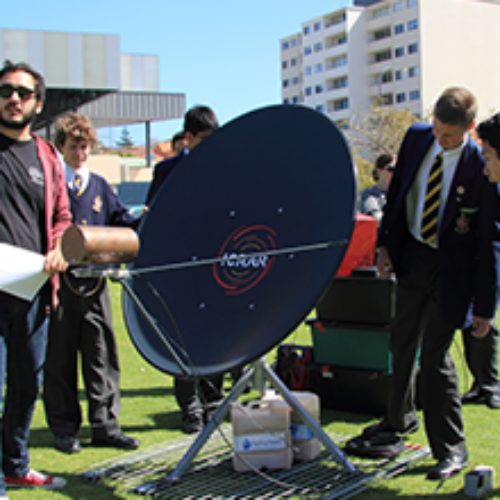Aspire to Astronomy

Students at Meekatharra DHS construct the Tiny Radio Telescope (TRT) during an Aspire to Astronomy tour in the Midwest.
With its vast outback and sparsely populated regional areas, Western Australia is a perfect place for the science of radio astronomy. But while these qualities are strengths for this type of research, they create significant challenges for ICRAR’s outreach and education team.
In 2011, in collaboration with ASPIRE, Scitech, SPICE and UWA’s School of Indigenous Studies, ICRAR visited the Pilbara region to deliver astronomy themed learning experiences for students in the towns of Port Hedland, Karratha, Roebourne, Tom Price and Newman.
As well visiting schools and engaging with students and teachers, ICRAR delivered observing events for each community. Nearly 1,000 school students and 500 members of the general public participated in this major outreach initiative and, with the support of the mining companies active in the Pilbara region, each school was given a telescope with instruction and guidance for its use.
Programs like this are a challenge to deliver but represent unparalleled opportunities to connect with West Australians in regional areas. By delivering these programs ICRAR is encouraging scientific literacy and positive attitudes towards research, while simultaneously encouraging high school students to further their education by entering tertiary studies.
VISITING THE MRO

ICRAR Outreach staff and collaborators at the ‘Radio Quiet’ sign on the road near the MRO.
The ICRAR Outreach and Education team had the exciting opportunity to visit the Murchison Radio-astronomy Observatory (MRO) to help construct the Murchison Widefield Array (MWA) and experience the bustle of activity in outback Western Australia.
In May 2012, ICRAR Outreach’s Pete Wheeler spent eight days working as part of a four-person team to clear more than 3,000 square metres of ground, and laying and tack welding more than 350 sheets of mesh, forming the base of the 128 MWA tiles.
In the middle of 2012, ICRAR Outreach’s Kirsten Gottschalk spent 12 days on the site with an army of undergraduate students, building 4,096 MWA dipole antennas and cabling up the beamformers (the electronic box that actually points the telescope on the sky).
At the end of 2012, the outreach team took theSkyNet’s anniversary prize winner, Kim Hawtin, on a quick tour of the MRO. CSIRO treated them to an exclusive tour of the Australian SKA Pathfinder (ASKAP) and they also spent some time with the MWA science and engineering team.
Both Pete and Kirsten kept popular blogs of their time at the MRO, keeping track of their progress in photos and videos at petewheeler.wordpress.com andraspberryastro.wordpress.com.


